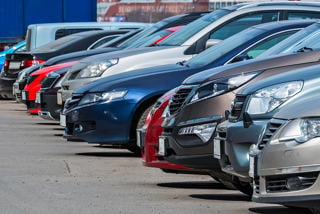For the past five years a continual subject of discussion has been the issue of grey fleet.
There are numerous estimations about the size of the grey fleet population. Various publications and articles put the figures ranging from three million up to five million people who use their own car for business.
There is common agreement that any grey fleet has potential implications on cost, CO2 performance and risk compliance.
An analysis of the largest 200 UK fleets conducted this year estimated the cost associated with grey fleet use for these 200 fleets to be more than £1 billion.
With companies in both the public and private sector still trying to reduce cost, minimise risk and potential liabilities and improve their environmental performance, the obvious question is how do we to do this while seeming to ignore the grey fleet conundrum?
There is a commonly used and often quoted phrase: ‘If you can’t measure it, you can’t manage it.”
While the origin of this quote is often argued about, what can’t be doubted is the message that this conveys relating to grey fleet.
While there are numerous sources of information relating to CO2 emissions, running costs and overall efficiencies and trends within the company car sector, there appears to still be merely speculation and conjecture surrounding these same metrics within the grey fleet.
How can this still be the case after five years of continued discussion?
I believe the biggest opportunity that our industry now has is in developing an effective way to capture this information and then to start to use it to drive improvements.
The company car sector has proved that a focused approach will deliver reductions in cost and CO2 emissions and an improvement in risk mitigation.
With 81% of FTSE 100 companies publishing carbon reports in 2011, with 66% of companies having grey fleet risk procedures in place and with grey fleets costing companies huge sums, now is the time to act.
If the challenge of information capture can be overcome, then the enormous opportunity of improvement can start to be realised.

















Login to comment
Comments
No comments have been made yet.